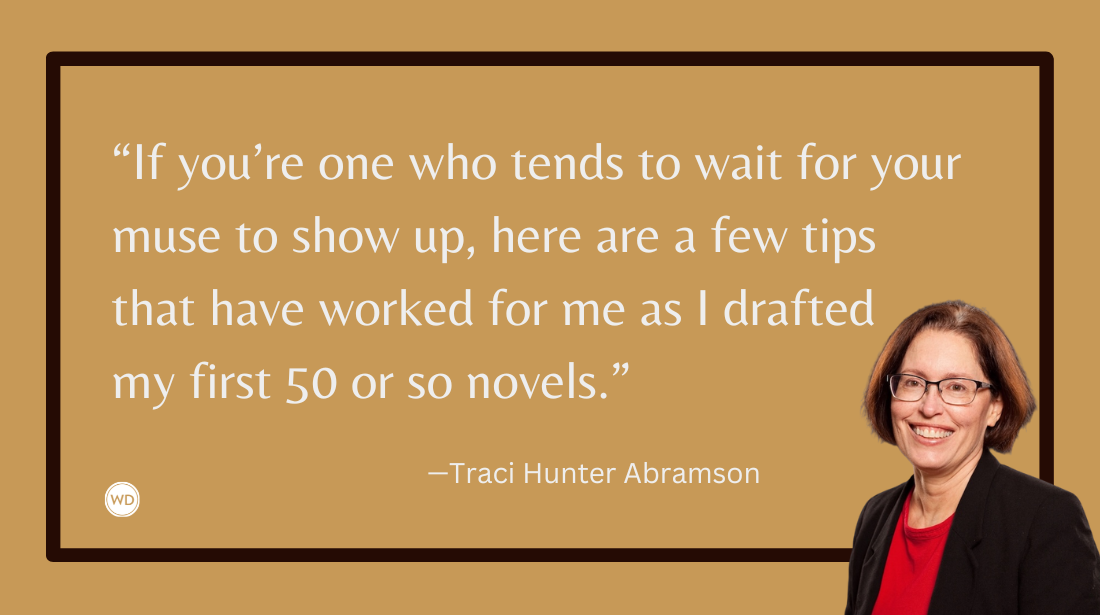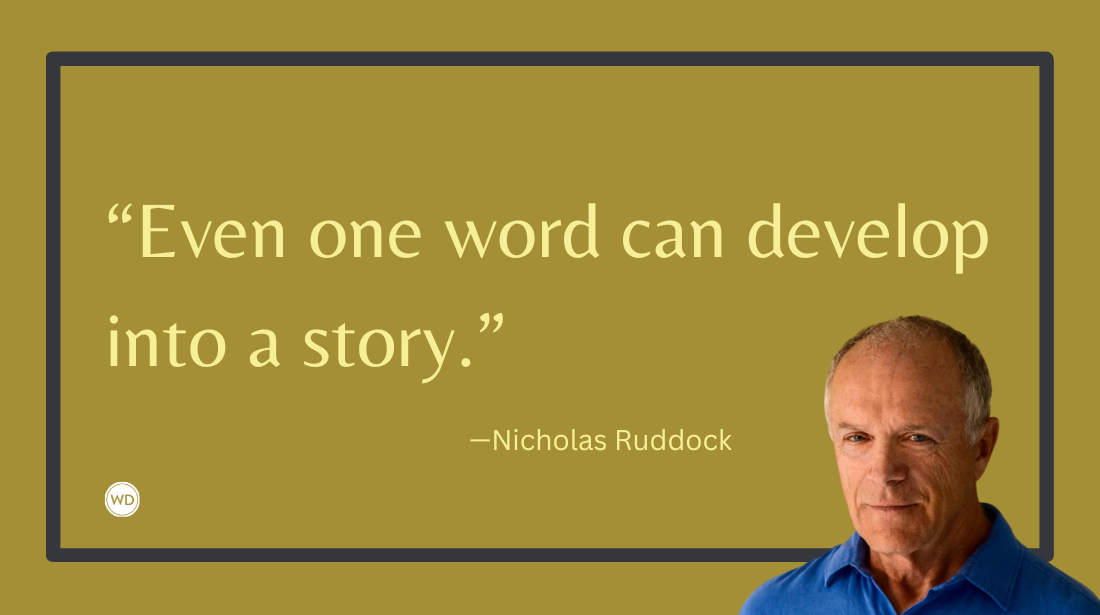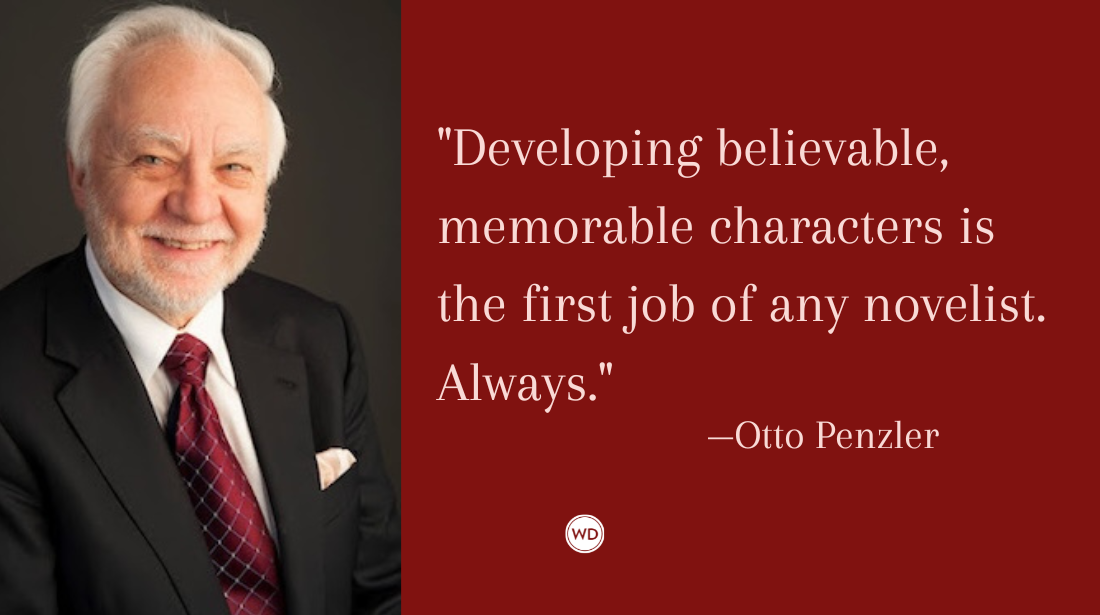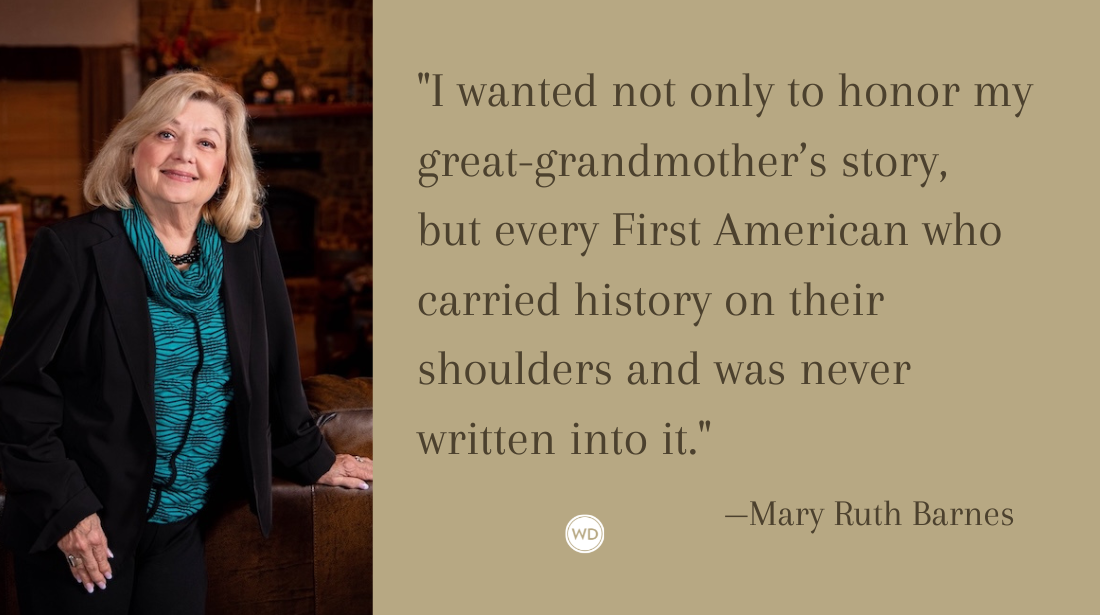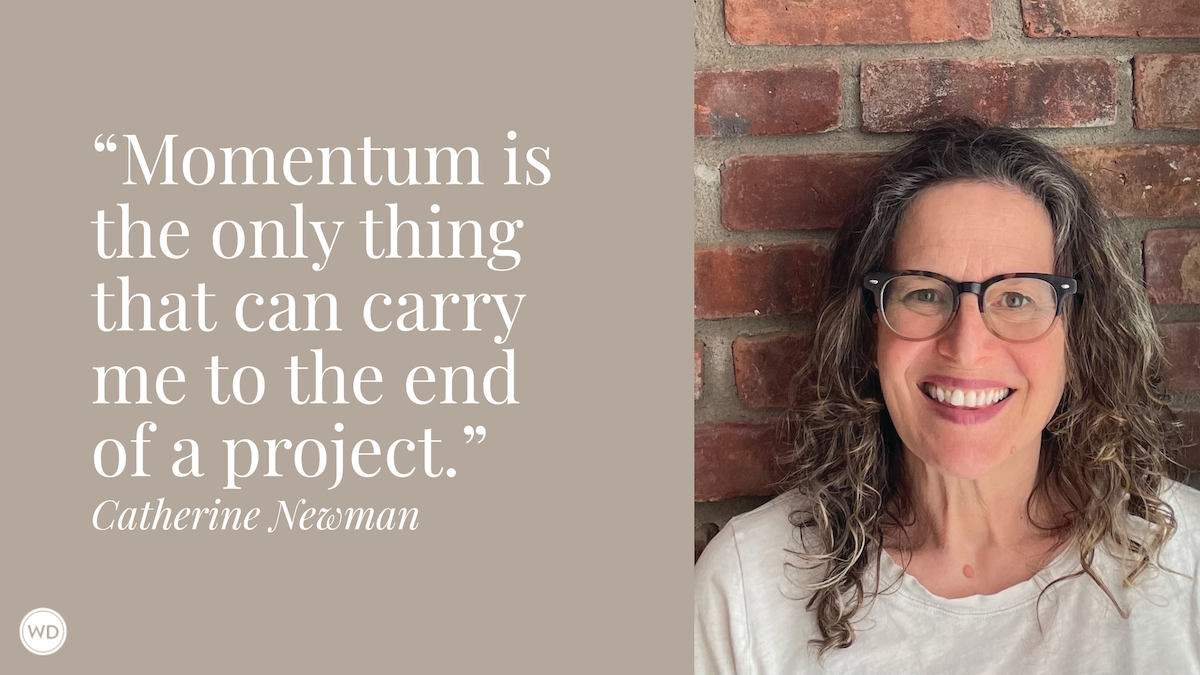How to Map Out Your Hero’s Adventure in Your Manuscript
How do the most successful authors of our time construct their stories? The Hero’s Adventure (also known as The Hero’s Journey). So what is the Hero’s Adventure? We dig into that and more in this post.
How do the most successful authors of our time construct their stories? If you read them, and if you also read some ancient myths, you will begin to see parallels. You will feel smacked upside the head with parallels. You’ll realize that the top authors of today use storytelling techniques that writers used back when plans were being drawn up for the pyramids.
An excellent book about ancient myths is The Hero With a Thousand Faces by Joseph Campbell. The title says it all. Across cultures and generations, some variation of a hero figures into every beloved story. And the typical story is about an individual who goes on a quest or a journey. By the end, the individual becomes a hero. This is called the Hero’s Adventure.
The Hero’s Adventure is the most archetypal story of all because it’s the basis for more novels than any other kind of story. Novels of all different genres, from romances to thrillers to sci-fi, are based on the Hero’s Adventure.
So what is the Hero’s Adventure? You know it already, and you may even have elements of it in the story you’re working on. But I suspect you haven’t yet methodically and thoroughly appropriated it for yourself.
The Hero’s Adventure Basic Recipe
Here is a basic recipe to demonstrate how the Hero’s Adventure plays out. This is a template you can apply to your own work-in-progress—you might be surprised by how closely it matches elements you already have in play.
- A messenger comes. The messenger might be human, or a message might come from an experience—like a brush with death or a dream. At any rate, something has gone wrong; the natural order of the world has been disturbed.
- A problem is presented. Perhaps something has been taken away from the tribe, or some misfortune or malfeasance has occurred.
- Someone is marked out as the person to solve this problem. She is chosen according to some past deed of her parents or by her own reputation or happenstance. This person, of course, emerges as the hero at the end.
- A challenge takes shape. The challenge may be refused, at first. “No way, I’m not going to risk my neck for that!”
- A refusal, often. But eventually, the hero decides to accept the challenge. She might even be forced to accept it by circumstances.
- The challenge is accepted. The adventure begins.
- The hero leaves the familiar world. And she sets off into another world. It’s dangerous. The hero could use some help, and very often …
- Helpers materialize. A helper might have special skills the hero doesn’t have, or he might have special insights or wisdom, in which case he takes the form of a mentor.
- Setbacks occur. The hero is tested, she makes gains, she endures setbacks, she fights for what is right, she resists evil. The going’s tough!
- The hero regroups and gains some ground again. Maybe she needs another visit to a mentor, or maybe she makes a personal breakthrough and overcomes a great inner obstacle, perhaps her own fear.
- The foe is vanquished or the elixir is seized. Eventually, she defeats the foe or comes into possession of something that will restore the natural order—a cure, or new knowledge that will bring justice or the return of prosperity.
- The hero returns to the familiar world. And the problem is fixed, or justice is done. The natural order is restored.
The person who accepts the challenge and prevails is elevated to a special position, somewhere above human, somewhere below god. She is the hero.
The Hero’s Adventure at Work
Famous stories from King Arthur and Excalibur to The Wonderful Wizard of Oz to The Little Engine That Could to Harry Potter are based on the Hero’s Adventure. Let’s look at a concrete example from a well-known source: the Sherlock Holmes story “The Adventure of the Speckled Band” by Sir Arthur Conan Doyle.
- A messenger comes. Holmes and Watson are hanging out in the familiar world of 221B Baker St. when a young lady comes calling.
- A problem is presented. The young lady tells Holmes that her sister has died under strange circumstances, and she now fears for her own life.
- Someone is marked out as the person to solve this problem. Knowing of Holmes’ reputation, the young lady asks him for help.
- A challenge takes shape. Holmes asks many questions and perceives the seriousness of the situation.
- A refusal, often. Holmes rarely refuses a challenge, though he has been known to be reluctant at times. In this case, Holmes senses great urgency, so he doesn’t waffle.
- The challenge is accepted. The adventure begins.
- The hero leaves the familiar world. Holmes sets off from 221B Baker St. and enters the busy, raucous streets of London, thence to a creepy old mansion in the country. It’s dangerous. The hero could use some assistance.
- Helpers materialize. And guess what? He’s got Watson at his side! Much investigation occurs, with progress, and then …
- Setbacks occur. Things go wrong, problems turn out to be more difficult than anticipated.
- The hero regroups and gains some ground again. After a nail-biting, death-defying climax, Holmes prevails, discovering a deadly plot and a bizarre method of murder. The perpetrator is killed by the very method he had used to kill another.
- The foe is vanquished or the elixir is seized. Holmes and Watson wrap up the case for the local police and return to their flat in London.
- the Hero returns to the familiar world. And we feel secure because we know justice has been done; the killer cannot kill again. The natural order is restored.
Read practically any good, successful dramatic novel and you will find similar story bones. This is not by accident. Good authors have an instinct for such things. We can sharpen our instincts by studying, as you’re doing right now, and by writing, which you’ve been doing all along.
You might be thinking, Must my Hero’s Adventure begin and end in exactly the same place, like the Sherlock Holmes stories?
It can if you want, but no, it doesn’t have to. Many terrific stories end with the natural order being restored but not necessarily in the same physical or psychological location as the beginning. A Hero’s Adventure can begin in Chicago and end up in Los Angeles.
The Hero’s Adventure is a fail-safe model for storytelling. However, it is not the be-all and end-all. As you can see, it’s simply a way of planning, organizing and/or linking your scenes for maximum effect. It was good enough for the ancients, it was good enough for the most memorable authors of recent centuries, and it’s good enough for us.
Best of all, it’s flexible. You can follow it quite literally, or you can use it as a general guide. The template I’ve presented here is simple and stress free. You can use it to make your novel reach deep into your readers’ minds and hearts.
The more I think about it, the more I bet that the story you’ve been working on, however much of it you have, contains elements of the Hero’s Adventure already. Have you been yelling that to me through the time/space continuum?
Yes!
Good.
Elizabeth Sims is the bestselling author of seven popular novels in two series, including The Rita Farmer Mysteries and The Lillian Byrd Crime series. She's also the author of the excellent resource for writers, You've Got a Book in You: A Stress-Free Guide to Writing the Book of Your Dreams, published by Writer's Digest Books.





